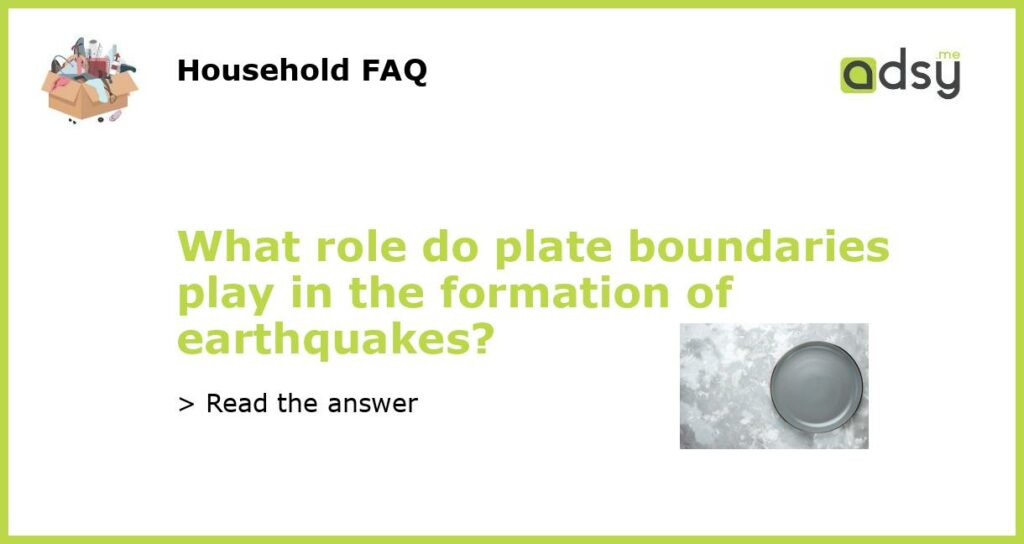Plate Boundaries and Earthquakes: Exploring the Connection
Plate boundaries, the regions where tectonic plates meet, play a crucial role in the formation of earthquakes. These geological boundaries are dynamic and constantly shifting, resulting in the release of immense energy that leads to seismic activity. Understanding the relationship between plate boundaries and earthquakes is essential for comprehending the causes and patterns of these natural phenomena.
The different types of plate boundaries
There are three primary types of plate boundaries: convergent, divergent, and transform boundaries. Convergent boundaries involve plates colliding head-on, creating intense pressure and forcing one plate to subduct beneath the other or buckle and form mountain ranges. Divergent boundaries, on the other hand, occur when plates move away from each other, causing magma to rise, solidify, and form new crust. Transform boundaries involve plates sliding laterally alongside each other.
The connection between plate boundaries and stress
At convergent plate boundaries, stress builds up as the plates become locked due to friction. As the pressure increases, the rocks become deformed, leading to elastic strain. Eventually, the build-up of stress exceeds the rocks’ strength, causing them to rupture and release seismic energy in the form of an earthquake. Similarly, at transform boundaries, as the plates slide past each other, they can become locked, generating stress that ultimately causes earthquakes.
Subduction zones: Earthquake hotspots
Some of the most intense earthquakes on Earth occur in subduction zones, where one tectonic plate is forced beneath another. These zones are characterized by intense seismic activity as the subducting plate gets pushed deeper into the mantle. Here, the immense pressure, heat, and friction between the plates result in frequent and often powerful earthquakes. The Pacific Ring of Fire, a horseshoe-shaped region encompassing the Pacific Ocean, is known for its numerous subduction zones and is prone to earthquakes and volcanic eruptions.
Intraplate earthquakes: An exception to the rule
While earthquakes are commonly associated with plate boundaries, they can also occur within the interior of tectonic plates. These intraplate earthquakes typically occur as a result of ancient faults or hotspots, which are areas of abnormally high heat flow beneath the Earth’s surface. Intraplate earthquakes are relatively rare compared to those that occur at plate boundaries, but they can still be significant in terms of their impact, particularly if they strike in areas unaccustomed to seismic activity.






